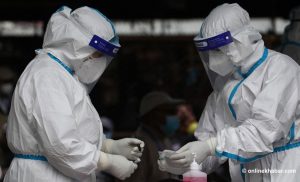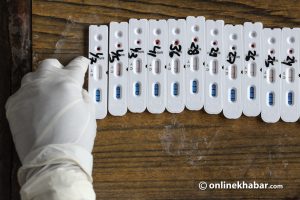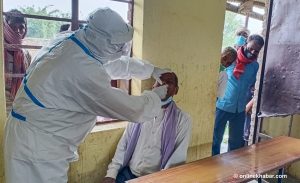
Instead of imposing a nationwide lockdown, South Korea enabled itself to better manage the Covid-19 pandemic with different, effective and systematic strategies and received applause from the world.
Korean authorities eminently launched rapid, aggressive and unprecedented alternative approaches: extensive testing of the contacts of confirmed cases, tracing for those potentially exposed to the virus with the means of credit card activity, surveillance camera footage and mobile phone tracking, packing infected cases and contacts in mandatory quarantine, advising the public to stay home, restricting public events, maintaining social distance and wearing masks when going outside, and following good hygiene practices.
With systematic and comprehensive efforts of physical, mental, economical, political and technology components, Korea has been restraining the impacts of this contagion to its grip. Korean authorities and health services properly managed Covid-19-related serious or critical cases in a better fashion, limiting morbidities and mortalities significantly lower compared to the overall impacts of the disease in other developed countries in Europe and America. The enormous efforts shown by Korea to prevent further infections are an example for other nations as the Covid-19 curve has already been plummeting steadily from the first week of March.
It is definitely an important lesson how Korea has achieved these statistical parametres so far for this contagious and pernicious pandemic, we need to investigate and apply those strategies and measures if found useful in combating against the outbreak and crisis in Nepal.
Epidemiological scenario
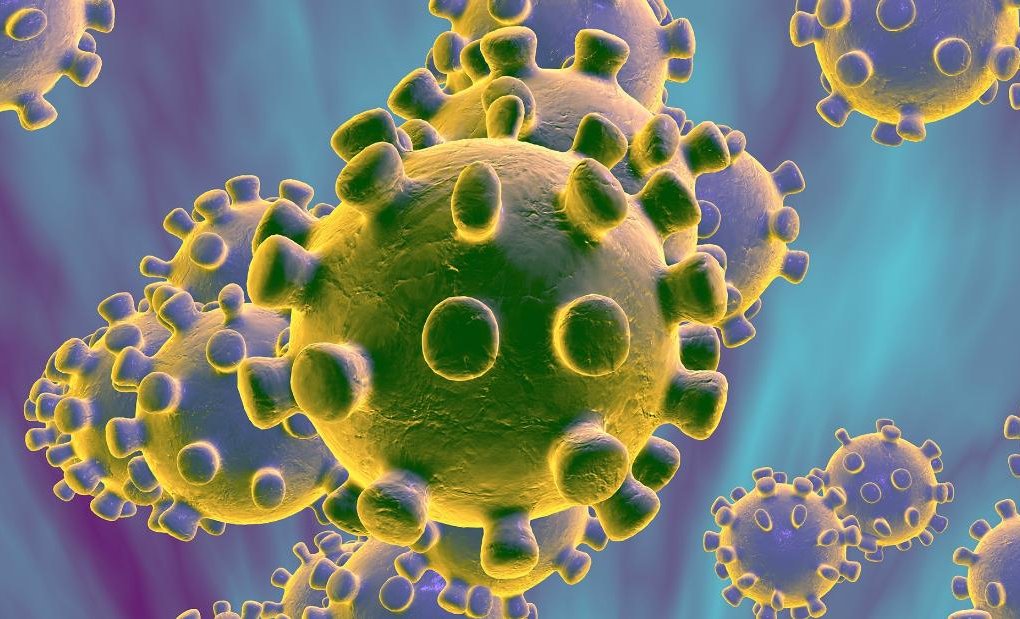
South Korea, which has an area of 97,230 square km and around 51 million population, significantly restricted the spread of Covid-19 to 10,674 cases and 236 deaths until April 20, far less than expected public health havoc.
On January 19, a 35-year-old Chinese woman entered Korea and she diagnosed positive on January 20 at the Korea Centres for Disease Control and Prevention (KCDC) laboratory, which was the first infection case in Korea and one of the early cases outside mainland China. Immediately, Korean authorities raised the alert level of blue (general risk) to yellow (significant risk) and by January 24, Korea rapidly strengthened Covid-19 diagnostic services at 17 regional laboratories.
Evaluating the increased public health risks, on January 27, authorities forewarned alertness from yellow to orange (high risk). Critically analysing the trends of spread and impact caused by the novel coronavirus, the WHO on January 31 then declared it a ‘public health emergency of international concern (PHEIC)’.
Later, on February 4, the Korean authorities enforced entry restriction from Hubei, and capacity building for diagnostic facilities (Nucleic Amplification Test-NAT) was expanded to 46 laboratories incorporating tertiary hospitals. By contact tracing and investigation of the first index case, authorities traced down to the 29th case which was diagnosed positive on February 16. However, there was not any direct epidemiological link found. Therefore, the community transmission was speculated and it raised significant health emergency situations. On February 19, the first pediatric case was reported and the next day the first death was announced.
On February 23, the Korean government bolstered the alert level raising to red (highest or severe risk) and delayed the school start for a week. As of February 29, 76 countries banned Koreans from entering their territories. By March 2, there were 22 Covid-19-related casualties reported; the school calendar got delayed repeatedly. They continued online classes bolstering social distancing to minimise the risk of transmission.
As of March 2, Daegu had the highest numbers of confirmed cases in Korea, with 1.26 cases per 1,000 persons. The numbers of laboratory tests performed were highest in two major cities; 16,382 tests in Seoul with a positive rate of 0.6% and 10,958 tests in Daegu with a positive rate of 28.1%.
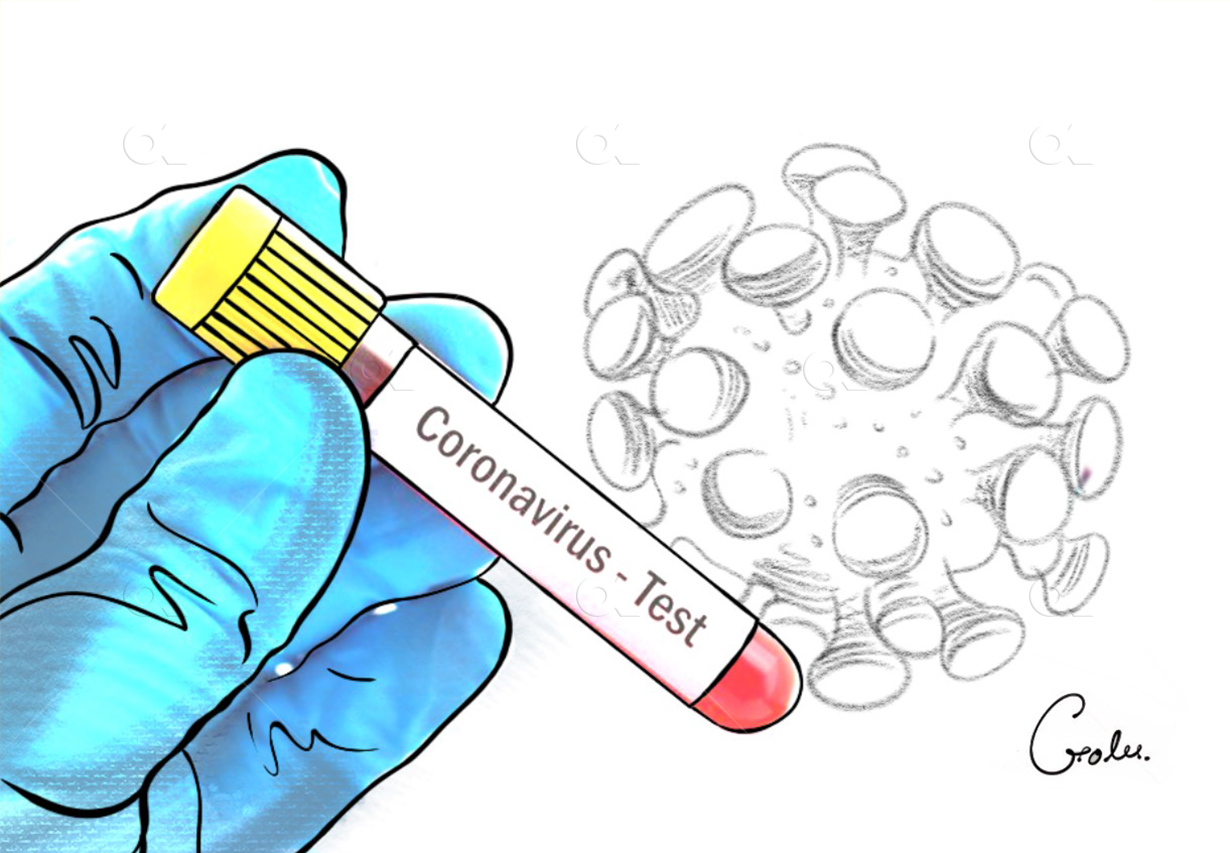 The spread of Covid-19 skyrocketed from around 200 cases to 7,000 cases from the third week of February to the first week of March. By the first week of, March the death toll increased to 50. As of March 15, Korea tested 534,552 suspected populations and diagnosed a total of 10,591 positive with 225 deaths, 7,616 recovered and 2,750 active cases.
The spread of Covid-19 skyrocketed from around 200 cases to 7,000 cases from the third week of February to the first week of March. By the first week of, March the death toll increased to 50. As of March 15, Korea tested 534,552 suspected populations and diagnosed a total of 10,591 positive with 225 deaths, 7,616 recovered and 2,750 active cases.
By March 17, around 79 church devotees have been reported to be infected. The belief of spraying salt water into the mouth of the devotees could deactivate the virus was claimed for the rapid outbreak in the respective population. Then, Korean authorities strictly directed all churches to implement preventative measures, like fever screening, two-metre personal distancing, and wearing masks and encouraged them to go online for Bible teaching and other activities.
However, there was a four-fold mortality increase from the first week march to the first week of April and new confirmed cases crossed 10,000. By April 17, out of 532,277 tests performed, the reportedly confirmed and deceased cases were 10,635 and 230 respectively. Still, the fatality rate was just 2.1%, significantly lower than the WHO’s global case fatality rate of 3.4% as of March 3. It was above 10% in many European countries such as Spain, Italy, and the United Kingdom then.
Summarising, the epidemic context in Korea can be categorised into four stages: Phase I: Before February 22; Phase II: February 22 to March 1; Phase III: March 2 to March 8; and Phase IV since then.
Covid-19 outbreak in religious groups

On January 27, the brother of a religious leader got hospitalised at the emergency ward of Daenam Hospital. Later, 170 members of the religious group visited his funeral from January 31 to February 2. On February 7, a 61-year-old woman, who was reluctant to get tested despite having symptoms, had a car accident and got admitted to the Oriental Medicine Hospital in Dague later. Then, she went to church on February 9, and to the wedding ceremony on February 15 and got exposed to hundreds of people. She was finally diagnosed SARS-CoV-2 positive on February 18 as the 31st patient in Korea. Tracing her entire movements, authorities found she attended two worships at the Shincheonji Church in Dague exposing to more than 1,000 members. Consequently, there was a strong voice of the public against the religious group for not implementing preventative actions and measures. The authorities, however, aggressively traced 210,000 attendees.
Exposure of coronavirus among the members of the religious group, along with community and hospital transmission, is believed to be vital players of an exponential increase in numbers of Covid-19 cases in Korea. Even in Nepal, large religious groups might be secretly conducting their activities. Local authorities need to watch and completely follow measures and stop their activities. This is critically important as 13 Covid-19 cases were related to a mosque in Udayapur.
Preventative measures and lesson learned
When Korea learned about the SARS-CoV-2 cases in China, it immediately endorsed preventative actions and measures such as encouraging all public to wear masks, informing about personal distancing, even before confirming any case in the country. Korea rapidly fulfilled the high demand for enough masks, foods, sanitiser, and medications enhancing production facilities. The authorities entirely controlled and placed a systematic policy for appropriate distribution.
 In Korea, viral disinfectants such as sanitise have been easily available and placed enough in all public areas, public buses and toilets, subways, trains, universities and wherever needed. But, Nepal does not have the capacity to develop special respirators (N-95), personal protective equipment (PPE), viral disinfectants, and temperature scanning guns. The import of these materials has been delayed. Black marketing of these necessities should be monitored and completely discouraged currently.
In Korea, viral disinfectants such as sanitise have been easily available and placed enough in all public areas, public buses and toilets, subways, trains, universities and wherever needed. But, Nepal does not have the capacity to develop special respirators (N-95), personal protective equipment (PPE), viral disinfectants, and temperature scanning guns. The import of these materials has been delayed. Black marketing of these necessities should be monitored and completely discouraged currently.
In Korea, for efficient screening, around 638 clinics and screening centres have been in operation by April 8, of which 95 per cent have been equipped to collect samples on site. In Korea, there are 118 locations – 23 public facilities, 81 healthcare facilities, and 14 commercial laboratories – that provide SARS-CoV-2 testing and diagnosis services where five diagnostic tests have been fast-tracked. Scaling diagnostic facilities and allowing fast-track testing, the daily testing capacity increased from 3,000 in February to approximately 20,000 people in April.
Korea expeditiously developed testing kits and heightened capacity building for laboratory testing facilities and made them available in various locations.
In Nepal, there was just a single laboratory diagnosis facility, Nepal Public Health Laboratory, until March 29, but the government expeditiously set up and upgraded Covid-19 laboratory testing services in all provinces. So far, 13 NAT-Based testing platforms are functioning. However, their efficiency is not satisfactory to handle a high number of cases if the outbreak reaches the third stage of community transmission.
Though the WHO recommended the rapid diagnostic test (RDT) only for research use and not for decision making for patient care, the government also aggressively moved to test the suspected and their contacts in this technology. These easy, safe, cheaper and rapid tests have massively been launched for mass screening and contact tracing and suspected cases of Covid-19 in potential risk areas in Nepal. These tests have been found applicable to dig out the hidden infected cases. These tests rarely detect the early onset of infections up to seven days as it needs to capture the limit of detection of IgM against SARS-CoV-2 after virus infection in the body. The rapid tests for late infection cases (IgG) might give contrary results. Hence, the polymerase chain reaction (PCR) test is considered the gold standard for case confirmation.
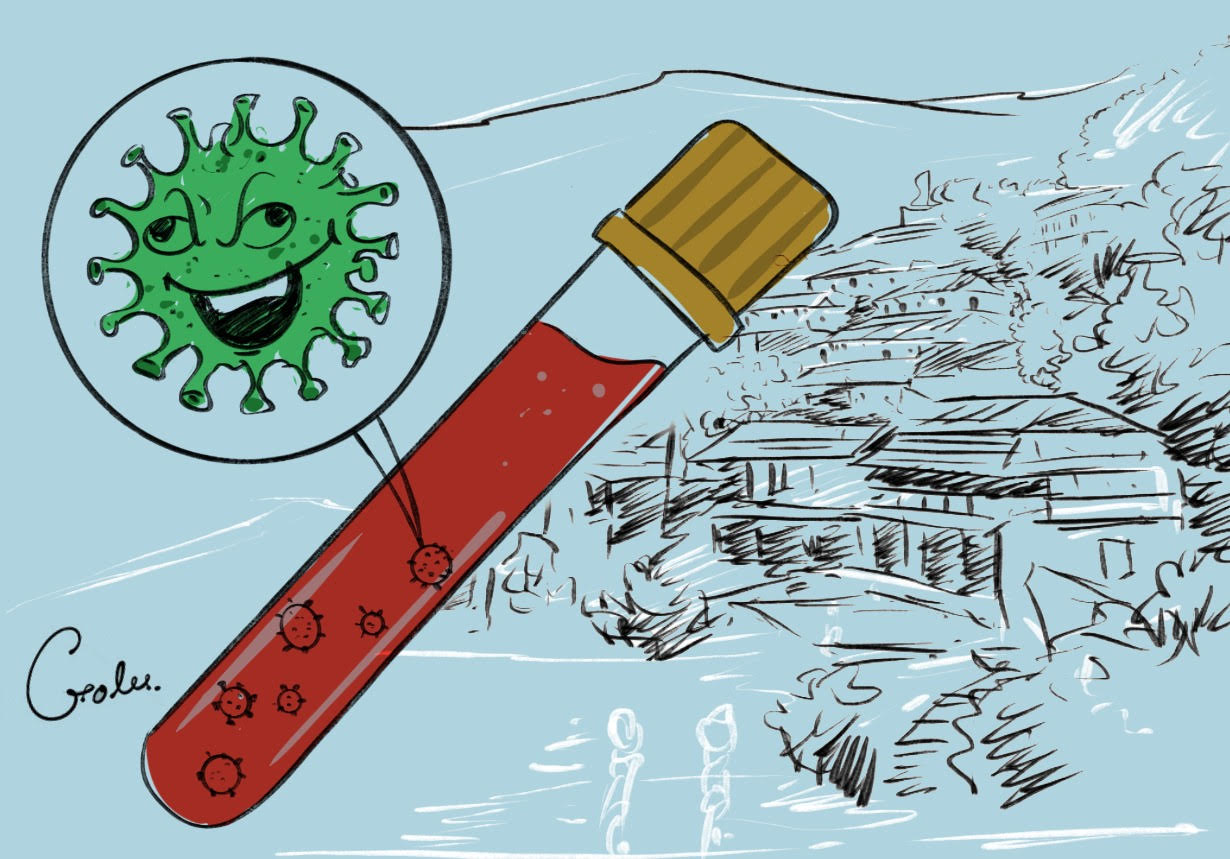 By April 20, in Nepal, out of total 8,414 samples tested, thirty one positive cases were revealed from NAT-based RT-PCR where four confirmed cases have been recovered. Nearly 20,000 RDTs have also been conducted. Recent 15 new positive cases possessed a high risk though there was one local transmission case revealed so far in Nepal.
By April 20, in Nepal, out of total 8,414 samples tested, thirty one positive cases were revealed from NAT-based RT-PCR where four confirmed cases have been recovered. Nearly 20,000 RDTs have also been conducted. Recent 15 new positive cases possessed a high risk though there was one local transmission case revealed so far in Nepal.
The government should encourage universities, institutes, academies, research centres, private hospitals and diagnostic centres for laboratory testing, diagnosis and further research activities for a prompt response to the disease in Nepal. Korea made enormous efforts to make enough supply of essentials, which Nepal is still lagging behind.
Rather than imposing the nationwide lockdown, Korea practised tracking security camera footage, cell phones, GPS data, credit card records, vehicle navigation, and other possible tracking and controlling measures and systems to track the contacts of the suspected cases or confirmed index cases. In Nepal, the nationwide lockdown has continuously been enforced since March 24, but the government needs to activate and upgrade these technologies also.
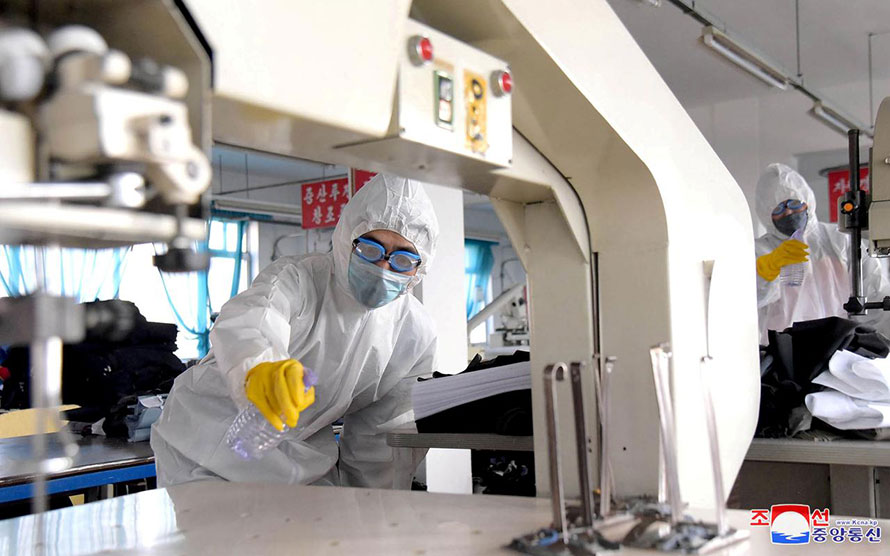 In Korea, someone diagnosed as the coronavirus positive can choose to stay isolated at home, but if s/he is found to be violating the rule, s/he will be fined up to $2,500. Under the revised anti-infectious disease law, the authorities can keep violators in prison for one year and fine $10,000, or deportation if s/he is a foreigner. Though the number of new cases is rapidly plummeting to very low numbers (20 cases per day), the authorities continued strict monitoring, requesting the public to follow proper safety, social distancing, and self temperature measures.
In Korea, someone diagnosed as the coronavirus positive can choose to stay isolated at home, but if s/he is found to be violating the rule, s/he will be fined up to $2,500. Under the revised anti-infectious disease law, the authorities can keep violators in prison for one year and fine $10,000, or deportation if s/he is a foreigner. Though the number of new cases is rapidly plummeting to very low numbers (20 cases per day), the authorities continued strict monitoring, requesting the public to follow proper safety, social distancing, and self temperature measures.
The public gets informed by authentic sources, preventing from rumours and hoaxes. Every public can check recent updates about the outbreak by accessing a website. In Nepal, however, fake news, rumours, and hoaxes are still challenging though the government hosts a media briefing every day and has set up a web platform for the updates.
Korea has closed borders with its neighbours. However, we have an open border with India. Therefore, the authorities should make extra efforts to control movements and prevent inter-country transmission. In Korea, the greeting culture is contributing to stopping the spread in this situation as they tilt their heads to greet each other.
Similarly, we also have a great greeting culture of Namaste, vegetarian lifestyle, and distancing practices which are helping us to control the viral spreading.
Valid information should flow from respective field experts with scientific knowledge, not by politicians having superficial information. The government should encourage and provide physical and mental support and risk benefits to the frontline fighters.
In Korea, the authorities always put citizens first and respect their human rights and stand as a guardian whenever they need in their hard times in such a crisis. In Nepal currently, floods of needy workers, desperate to go home, have secretly been walking to reach their destinations evading authorities and securities as they do not have anything to eat and any penny to get food and water in the cities.
All three levels of the government need to act immediately to manage those pedestrians to reach their homes safely and quarantine them wherever they reach, providing support packages and basic accommodation. Otherwise, they possess public health threats to themselves and others.
 The government should act immediately to address the concerns of these citizens, represent and stand as their guardian in their hard times in this ongoing health crisis and not create such a situation that they may lose their hopes and trust in the authorities. Rather than imposing security threats to them, the government should also protect their basic human rights. Otherwise, they can die of hunger and thirst, get hurt from the relentless journey and possess equal risks to all.
The government should act immediately to address the concerns of these citizens, represent and stand as their guardian in their hard times in this ongoing health crisis and not create such a situation that they may lose their hopes and trust in the authorities. Rather than imposing security threats to them, the government should also protect their basic human rights. Otherwise, they can die of hunger and thirst, get hurt from the relentless journey and possess equal risks to all.
The government of Nepal has taken essential measures and is wholeheartedly committed to fighting against the disease. Recently, the Ministry of Health and Population endorsed a ‘six T’ strategy (travel registration, testing, tracing, tracking, treatment, and togetherness) to combat the outbreak in Nepal. All these six components should be implemented rigorously and efficiently.
Besides the six Ts, the local authorities should provide support packages (food and essentials) to the needy without any delay as the lockdown has already been around four weeks. They should properly monitor emergency preparedness and response and implement the necessary actions promptly.
Finally, the government of Nepal needs to review and judge meticulously all the systems and measures Korea adopted to efficiently manage the crisis. If these systems and measures are found appropriate and applicable in Nepal, the government should implement immediately for a major breakthrough regarding controlling the outbreak.
We should make a better history than Korea that the rest of the nations could learn from us that one of the least developed countries could cope with this situation with great action plans, strategies and measures despite limited resources and constrained health facilities.
Dulal is a research scientist based in Nepal whereas Joshi is a PhD scholar at Yonsei University, South Korea.





